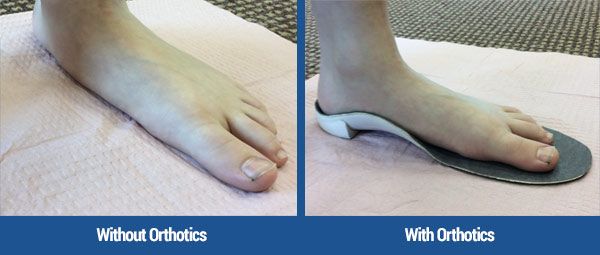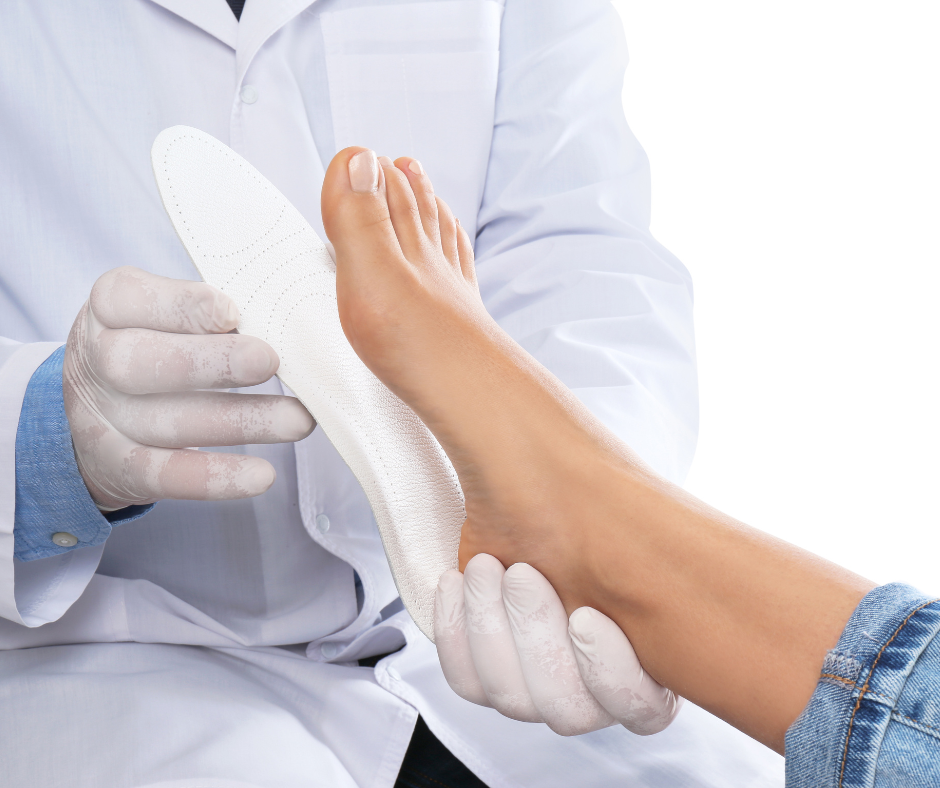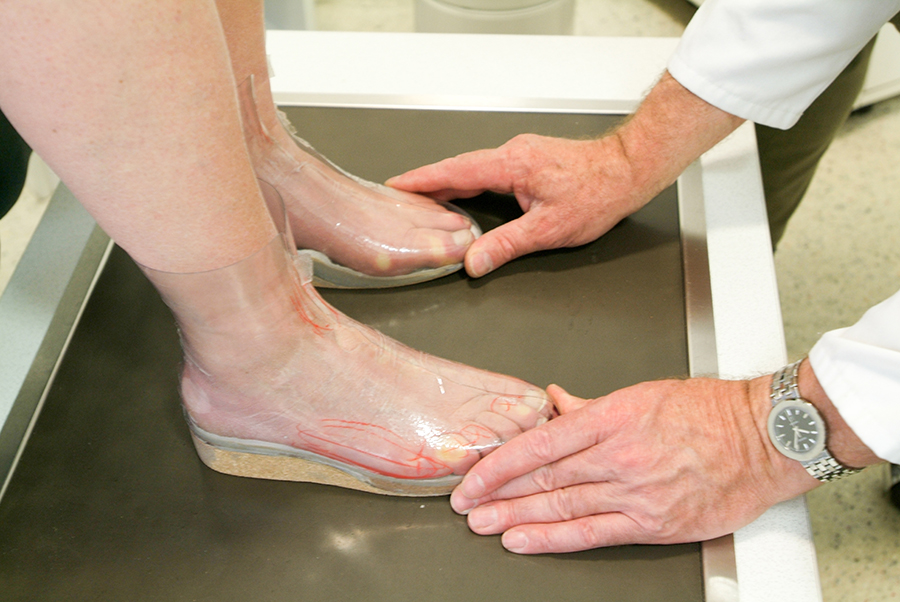How-To Guide for Ski Boot Fitting Longmont CO
Boot fitting for ski racing is an important side of the game, enjoying a big function in performance and comfort. A well-fitted boot can enhance management, precision, and total enjoyment on the slopes. Ski racing requires the skier to exert immense pressure on their boots, making the proper fit a critical element in attaining optimum performance.
The strategy of boot fitting involves several intricate steps, beginning with understanding the skier's foot shape and dimension. Every foot is exclusive, and varied brands have totally different final widths, heel shapes, and instep heights. A educated boot fitter will take exact measurements, guaranteeing that the skier's foot is precisely represented in the selected boot model.
Once the measurements are obtained, the subsequent stage is the choice of boots that align with the skier's ability stage and racing targets. For novice racers, a softer boot may present some forgiveness and luxury. In distinction, more advanced racers sometimes require stiffer models that facilitate higher power switch for heightened management, significantly at high speeds.
After selecting the best boot, the fitting process really begins. This is the place the boot fitter meticulously focuses on making a custom-made fit, typically referred to as "shell fitting." The boot is tried on with out the liner, permitting the fitter to evaluate how the shell of the boot contacts the foot. Gaps or pressure points could be identified easily at this stage, with the goal being to eliminate any areas that could lead to discomfort over time.
Essential Tips for Ski Boot Fit Golden CO
Heat molding is among the most vital parts of boot fitting. This involves heating the liner and sometimes even the shell, allowing it to mold across the skier’s foot. A correctly molded liner hugs the foot snugly, offering both warmth and comfort. This heat can stop chilly ft during long days on the slopes, a difficulty that many racers face.
While heat molding is crucial, so is making fantastic changes through the fitting. Often, minor tweaks similar to footbeds or insoles may be necessary. A customizable footbed can considerably improve fit, cushioning, and general support. It can also enhance alignment, which is prime for minimizing fatigue and maintaining control throughout high-speed runs.
Boot Fit Assessment Techniques Westminster CO
It’s essential to consider the flex index of the ski boots. Various manufacturers rate flex in one other way, but often, junior racers require a softer flex to advertise mobility and adaptableness as they are still growing expertise. More advanced competitors normally go for a stiffer flex that translates into higher power transmission and responsiveness when carving turns.
Another consideration in boot fitting for ski racing is the stance alignment. Proper alignment of knees, hips, and ankles is important for efficient vitality transfer and stopping injuries. The boot fitter will assess this alignment and make adjustments, if essential, to make sure that the skier is in one of the best position for performance.
Comfort Versus Precision in Boot Fitting Arvada CO
The position of socks cannot be missed in terms of boot fitting. Specialized ski socks, often manufactured from supplies designed for moisture-wicking and insulation, play a vital function in maintaining heat. Additionally, they might help minimize friction contained in the boot itself, reducing the chance of blisters during prolonged intervals of snowboarding.
Communication between the skier and the boot fitter is crucial throughout the fitting process. Skiers ought to voice any discomfort or pressure points they could feel, permitting the fitter to address these issues immediately. This back-and-forth helps guarantee the final product will meet the skier's particular needs and preferences.
Innovative Approaches to Boot Fitting Longmont CO
Finally, making an attempt the boots on the snow is irreplaceable. An initial fitting can really feel nice in the shop, but snowboarding puts a special set of demands on the boots. If a skier can, they should test the fit on a practice run or coaching course to confirm comfort and performance. This real-world testing helps to determine minor adjustments that won't have been apparent in the course of the fitting.
In conclusion, boot fitting for ski racing is a meticulous and personalised process that tremendously impacts a skier’s performance. The proper fit enhances comfort, ensures management, and minimizes the risk of damage. By investing time and attention into discovering the proper boots, racers can concentrate on what they love most – the fun of the race.
The collaboration between the skier and the boot fitter is crucial in navigating this advanced journey. A perfect fit not solely improves performance but also fosters enjoyment in the sport. Through high quality fitting, attention to element, and personalized changes, skiers can make the most of their racing expertise and reach their full potential on the slopes.
- Precise measurements of foot length and width are important for reaching a snug fit, minimizing movement that may have an result on performance during races.
- Ski boot liners ought to be heat-molded to make sure a custom fit, permitting for enhanced comfort and improved energy transfer to the ski.
- The flex rating of a ski boot should match the athlete's snowboarding fashion, with stiffer boots really helpful for advanced racers who require better control at excessive speeds.
- Ankle and heel hold is essential; fit specialists usually employ various methods to make sure these areas are securely locked in place.
- Proper alignment of the boot cuffs can considerably impact steadiness and edge management, making it critical for racers to have well-adjusted cuff positioning.
- The tongue of the boot should ideally provide consistent pressure across the instep, stopping discomfort and enhancing responsiveness.
- Using footbeds or custom insoles can enhance foot assist, offering higher stability and reducing fatigue during long races.
- Attention to vent placement is important; adequate ventilation helps regulate temperature, preventing numbness or discomfort during runs.
- Evaluating the skier's method and stance can guide specific boot adjustments, tailoring the fit to reinforce general performance on the racecourse.
- Consistent follow-up changes post-fitting might help tackle any discomfort which will arise during training, making certain peak performance during competitions.undefinedWhat is boot fitting for ski racing?
What happens in a ski boot fitting? Thornton CO
Boot fitting for ski racing is the method of customizing ski boots to make sure optimum fit, comfort, and performance on the slopes. It entails adjusting varied components to reinforce your snowboarding experience and obtain extra efficient energy switch.

Why is correct boot fitting essential for ski racing?
Adjusting Ski Boots for Comfort Golden CO
Proper boot fitting is essential for ski racing because it allows for better control, responsiveness, and comfort. A well-fitted boot can help prevent accidents and enhance total performance by guaranteeing that skiers can preserve correct approach and steadiness.
How do I know if my ski boots fit correctly?
You can determine if your ski boots fit appropriately by checking for a cosy fit with out pressure points. Adjustable Features for Enhanced Boot Fit Lyons CO. When buckled, your toes ought to barely brush the entrance of the boot, and there must be minimal movement of your heel. A qualified boot fitter can also conduct knowledgeable analysis
Fit Issues to Watch for in Ski Boots Longmont CO
What customizations can be carried out through the boot fitting process?
Customizations in the course of the boot fitting process can include heat molding liners, adjusting buckles, adding custom footbeds, and modifying the shell. Each adjustment is tailored to accommodate your unique foot shape and skiing type, enhancing comfort and performance.
How lengthy does the boot fitting process take?
Comfort Versus Precision in Boot Fitting Superior CO
The boot fitting process sometimes takes anyplace from 1 to three hours, relying on the extent of customization wanted. This timeframe permits for thorough evaluations, changes, and testing to make sure the very best fit.
Can I ski immediately after getting my boots fitted?
It's advisable to allow some time to break in your newly fitted boots before heading out to ski. While you possibly can certainly try them on and walk around in them, skiing with them for a few hours helps ensure they settle into the fit and improve comfort.
How often should I get my ski boots fitted?
Custom Ski Boot Fit Services Broomfield CO
It's beneficial to get your ski boots fitted every few seasons or every time there are noticeable modifications in your foot shape, discomfort arises, or if your skiing style changes significantly. Regular evaluations assist preserve the most effective fit and performance.
What ought to I deliver to a boot fitting appointment? (Custom Fitting for Unique Feet Arvada CO)
For a boot fitting appointment, put on or deliver the socks you sometimes ski in, as they will affect fit. Additionally, think about bringing any current ski gear, such as your skis and bindings, to help the fitter assess your complete setup.
Unique Insights on Boot Fitting Longmont CO
Are there special concerns for girls or racers with distinctive foot shapes?

Yes, women and racers with distinctive foot shapes may have specialized boots or custom modifications. Women's ski boots typically have totally different flex patterns and shapes, while unique foot shapes might require custom footbeds or shell modifications for optimal performance.
What if I expertise discomfort after my boot fitting?

If you experience discomfort after your boot fitting, it is important to return to your fitter. They can assess the problems and make essential changes (Ideal Conditions for Ski Boot Fitting Arvada CO). Addressing discomfort early on can stop performance issues and improve your snowboarding expertise
explanation More about the author